Nadia Lee Cohen and Martin Parr find the joy in 1990s Britain
Famed photographer Parr and Essex-born visual artist Nadia Lee Cohen follow the life of babysitter Julie in a new photo book
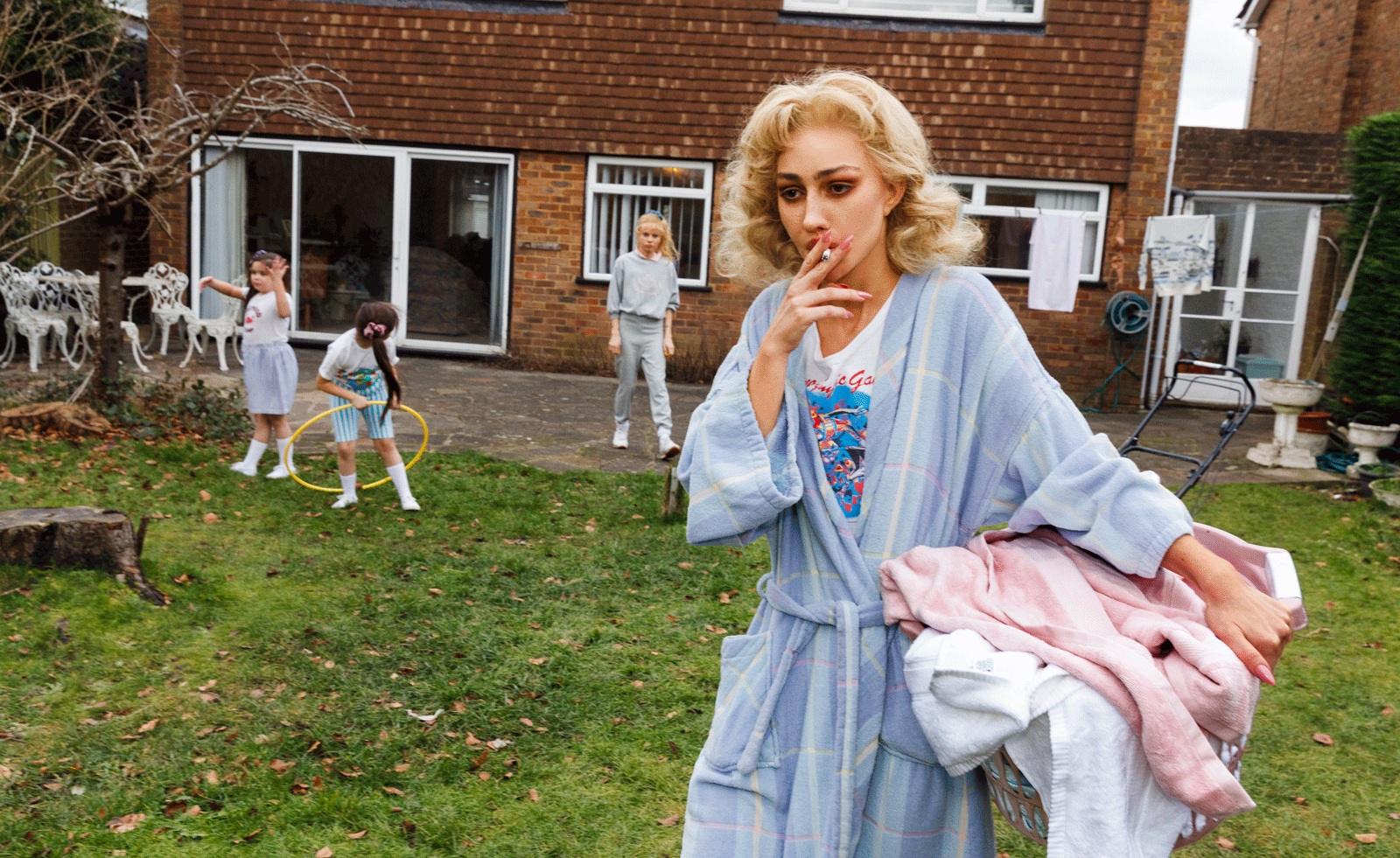
It’s a sunny bowl of yellow Cheerios, two slices of toasted bread with a leaking half-boiled egg as bright as the sun – seeping in saturated starkness is the Martin Parr image. It is his striking visual language, particularly evident in his work around Britain that caught Essex-born visual artist Nadia Lee Cohen’s eye. He is her favourite photographer, she admits, and she wanted so much to be in his images that she invited him to photograph her for Julie Bullard’– a photo book visualised as a faux family album, fictionalising the life and times of Julie, Nadia’s childhood babysitter. ‘She was glamorous,’ Lee Cohen said simply as we sat down right after the launch at Dover Street Market in London. Like in My Name Is, where the artist transforms herself into various personalities, narrating their stories, here she transforms into Julie, the regular girl next door, bored and disassociating and perhaps a tad frustrated with her circumstances.
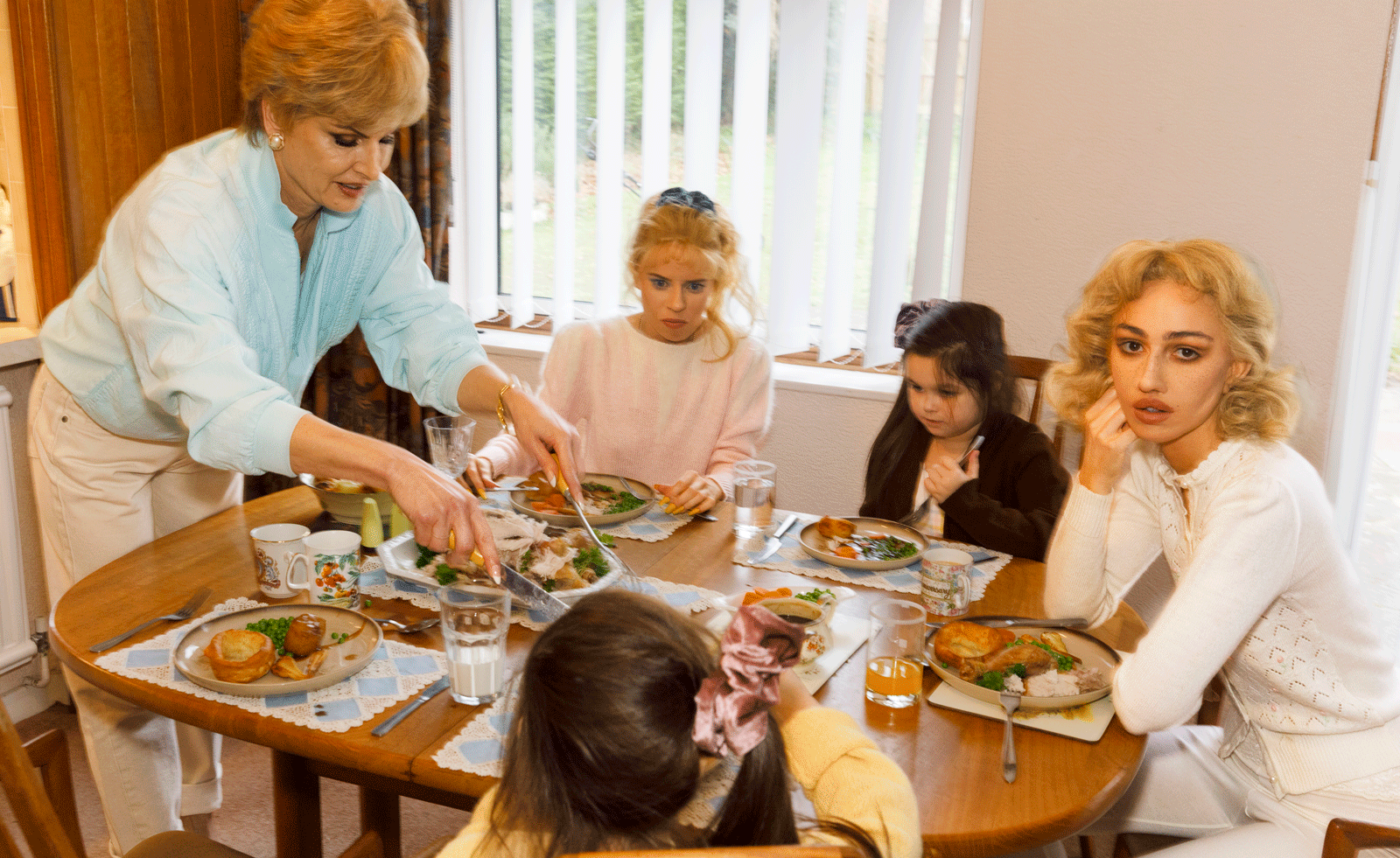
Wallpaper*: Most of your past projects are very LA-coded, particularly the 1960s – you seem to have a particular love for that era. What made you return to the UK, and that too the era of the 1990s and early 2000s?
Nadia Lee Cohen: I’m interested in typography, architecture and design from any era that isn’t ‘now’. The 1990s and early 2000s are just indicative of my own nostalgia, as those are the eras I grew up in. I think spending more time in the US made me appreciate and notice Britain a little more; it wasn’t something I had fully explored yet and it felt like the right time.
W*: What was it like working with Martin Parr, who has a very clear aesthetic? How did this project start between the two of you?
NLC: Yes, he does have a clear aesthetic and that made it quite easy to anticipate the way he would photograph a situation he was confronted with. It snowballed from a conversation in the office [of publisher IDEA] about whether or not it would be a good idea for me to collaborate with Martin.

W*: Was it the childhood aspect that made you want to construct [the book] as a family album?
NLC: It was actually just something that came to mind after seeing all of the images together. There are different stages of her life; you’ve got younger Julie and older Julie. I feel like every time I look through an old photo album, people are quite bad at keeping on top of them, so ages can jump between 18 and 35 in a few pages. Plus, I always wanted to make a ring-bound book; I love how they look.
Receive our daily digest of inspiration, escapism and design stories from around the world direct to your inbox.
W*: Who is Julie Bullard, your original babysitter? How old was she when she was your babysitter? What made you want to portray her?
NLC: She’s a girl (now a woman) from the Essex town I grew up in. She was probably around 17 when she was my babysitter and the first person I ever noticed with blonde hair. She made me realise the importance of physical appearance. I had grown up not really caring about what I looked like or what anyone else looked like. None of my family were vain, plus we all had dark hair and dark eyes, whereas Julie was blonde, wore make-up and was older; and it’s really those basic facts that fascinated me. I wanted to highlight that period of my life and how much it affected my taste level.
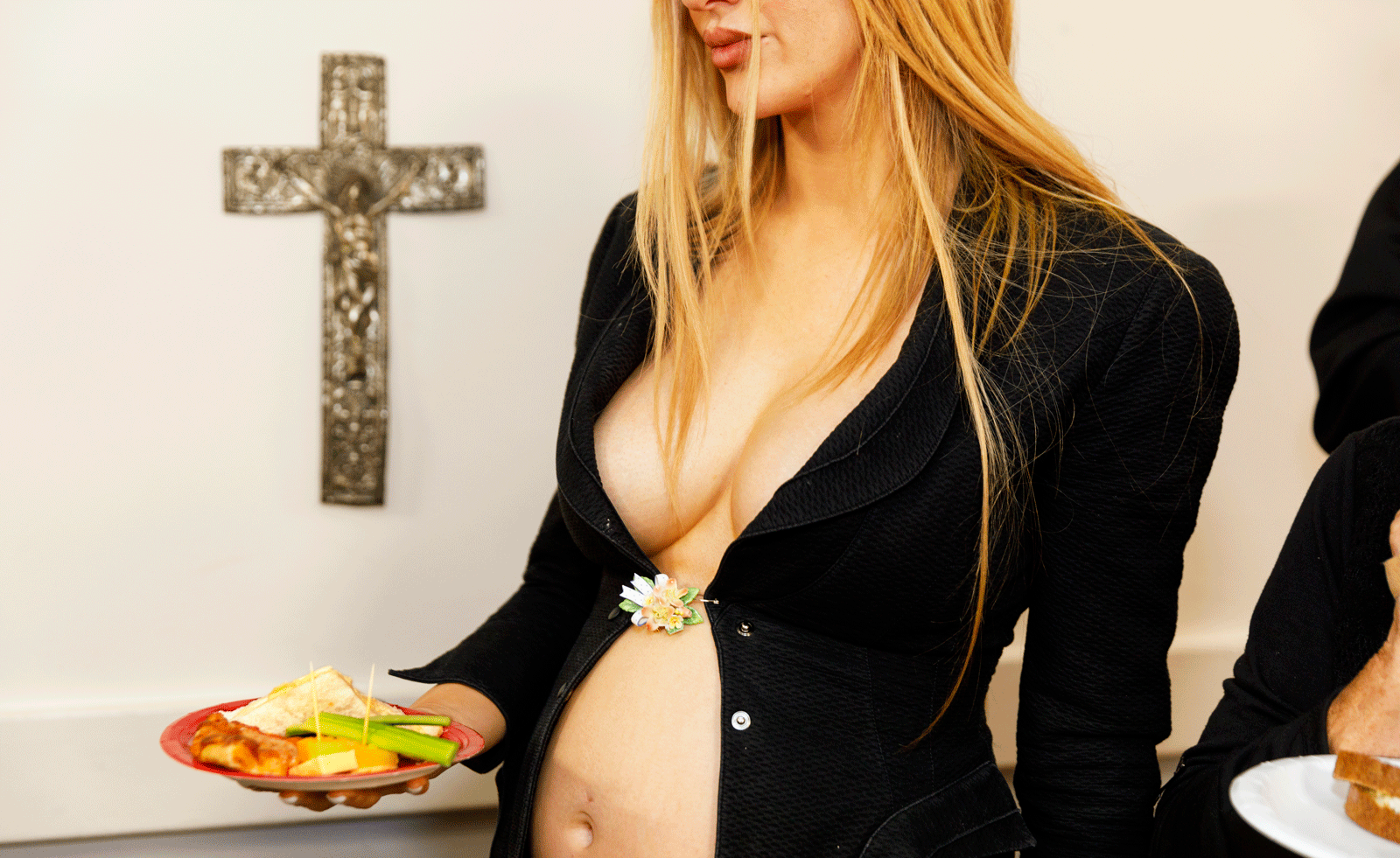
W*: How were you introduced to glamour by Julie? The photographs portray moments of partying in sparkly garments and thinking about colourful eyeshadows in between her drab jobs.
NLC: Because she was glamorous. Simple as that. I’d never seen bits of make-up or jewellery lying on the side. My mum is naturally pretty but a bit of a tomboy; she never had any of that stuff lying around. Julie had it out on display and I remember wanting to understand its purpose and generally just found it fascinating that you could decorate yourself if you wanted to.
W*: How would you describe the Julie Bullard you portrayed? She's a working-class woman, getting married after being pregnant and caught in a job that she finds boring. I think you're also commenting on the social situation she is caught up in.
NLC: I’m actually just trying to visually portray that song, ‘Up the Junction’ by Squeeze. It’s fictional storytelling built from fragmented memories; these are moments that I experienced or am familiar with throughout my upbringing, whether personally or vicariously.
W*: You often use objects to convey an emotion or add deeper layers to a character. Could you explain this?
NLC: I think what fascinated me about photography initially was how the inclusion of a certain object would have the ability to completely alter mood and meaning. You can make a point silently, and that is usually a lot more powerful than shouting it.
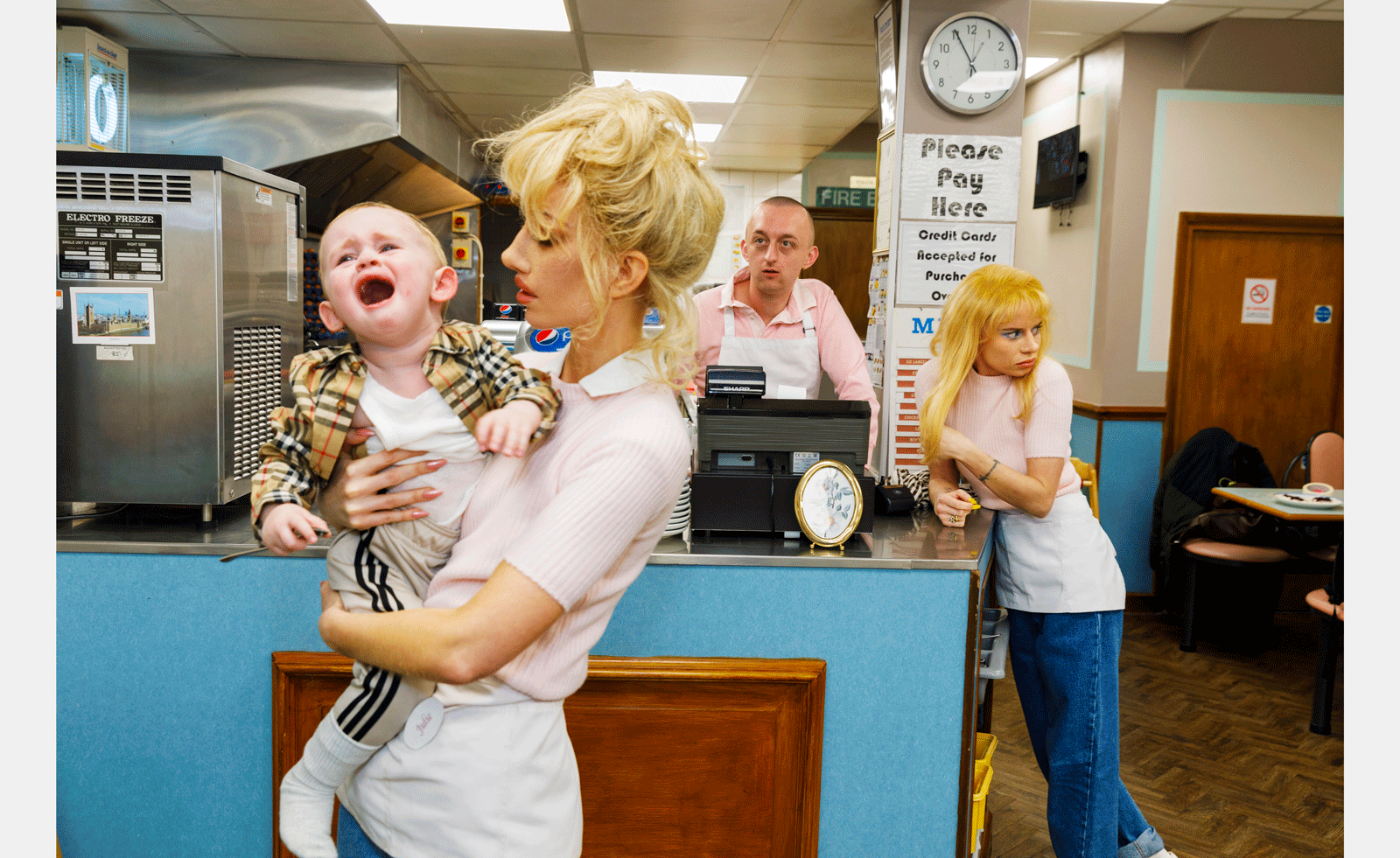
W*: What's also visible is urban kitsch – the piles of Tupperware and plates of Diana and Charles. What’s your relationship with it? Are you critiquing it in some manner?
NLC: Similar to Martin, I am interested in ‘collections’ of objects, especially his Saddam watch collection. The objects you mentioned are just the things I grew up noticing that people ‘collected’, whether inside the houses around where we lived, or discarded in the local charity shops.
W*: The non-inclusion of Julie’s husband was quite cool. We also don’t often see her own children. What made you take that decision?
NLC: If someone goes through heartbreak, it’s painful for them to look at those photographs. I imagined that she removed them from the album.
W*: Food seems a significant aspect of this work. It’s also an important part of your Hello, My Name Is series of portraits. What significance does food play here, other than being a cultural marker?
NLC: The food in this book was actually just our lunch or catering from each day. My best friend Charlie’s mum made the funeral spread and is also featured in the book – she’s the one with the Soft Cell tattoo. I like using food because we all eat, it’s relatable and we have a relationship with it, whether good or bad. But most importantly, the inclusion of food immediately causes us to imagine taste or texture, so it adds another sensory level to looking at a photograph.
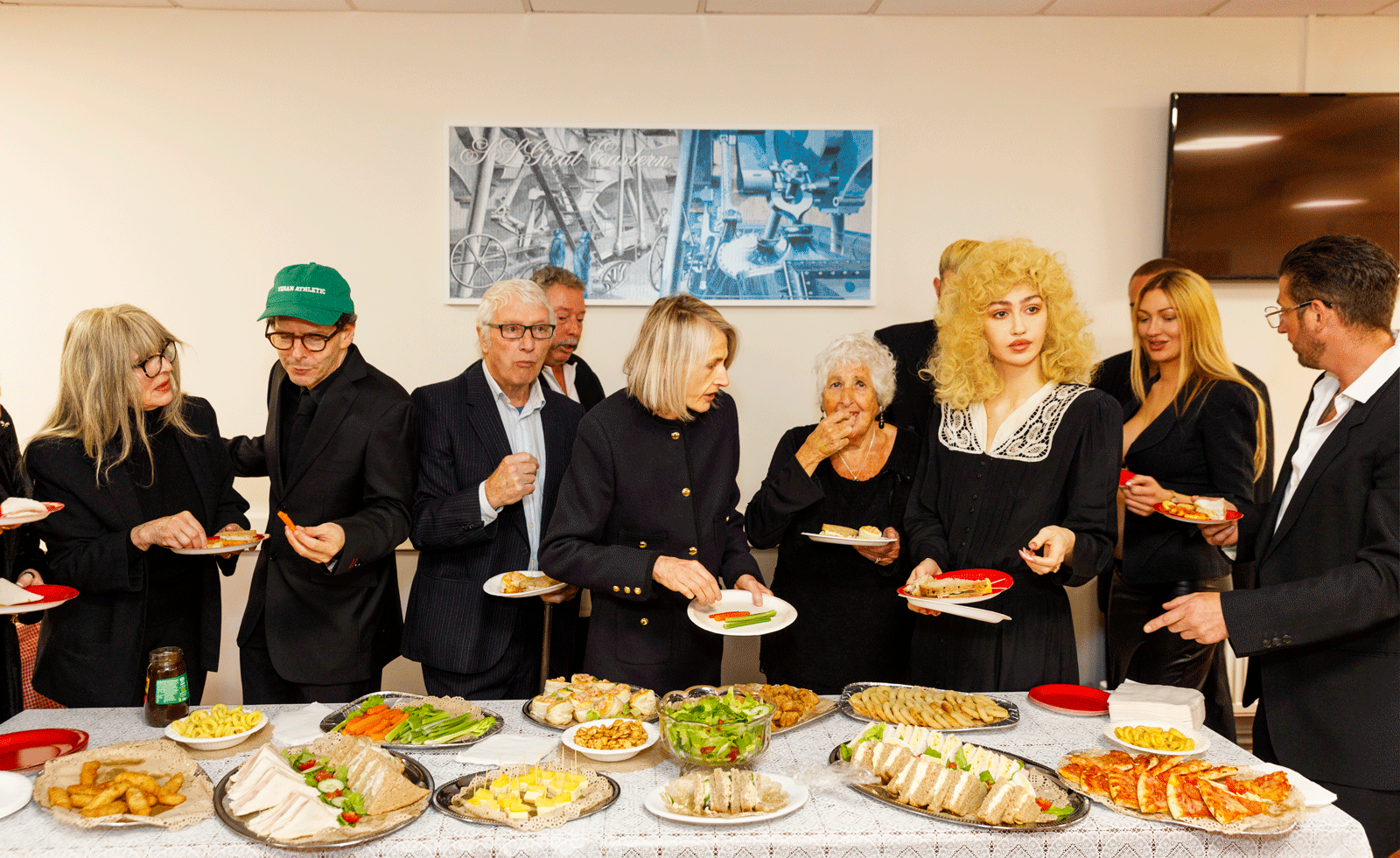
W*: It's a certain kind of nationalism you're showcasing, with people colouring their heads during the Euro championships, supporting the UK and the royal family and so on. Is there a social comment you’re making?
NLC: I’m just interested in physical manifestations of patriotism in general. Plus, the majority of my recent projects have been in the US.
W*: The annotating of photographs is interesting, like you would do with polaroids. What made you want to have that voice come through?
NLC: It felt sweet, teenage and personal to do the annotations. Martin has done this before with Signs of the Times and I was discussing with [IDEA co-founder] David Owen whether it was right for this. David started off the annotations and then we just bounced them off each other until they were done. I think it’s nice that you have to go back and forth in the book to match them up, rather than them being underneath the images.
W*: As for the moment of death – what did you want people to feel when they finally came to the page where Julie's face is revealed? She had already stopped speaking to us in the notes, so there is some realisation.
NLC: I think just the sense of a swan song, curtain drawing, ending type of thing.
W*: It's also a cinematic moment – Julie’s face is revealed to us in bits. Do you often bring your cinematic practice into your still image work?
NLC: I perhaps edit in more of a cinematic way; the selection and order of images or layout can usually tell more of a story than the image as singular.
Nadia Lee Cohen and Martin Parr’s Julie Bullard, £50, available from ideanow.online
Upasana Das is a freelance writer working on fashion, art and culture. She has written for NYT, Dazed, Interview Mag, Vogue India and Harper's among others.
-
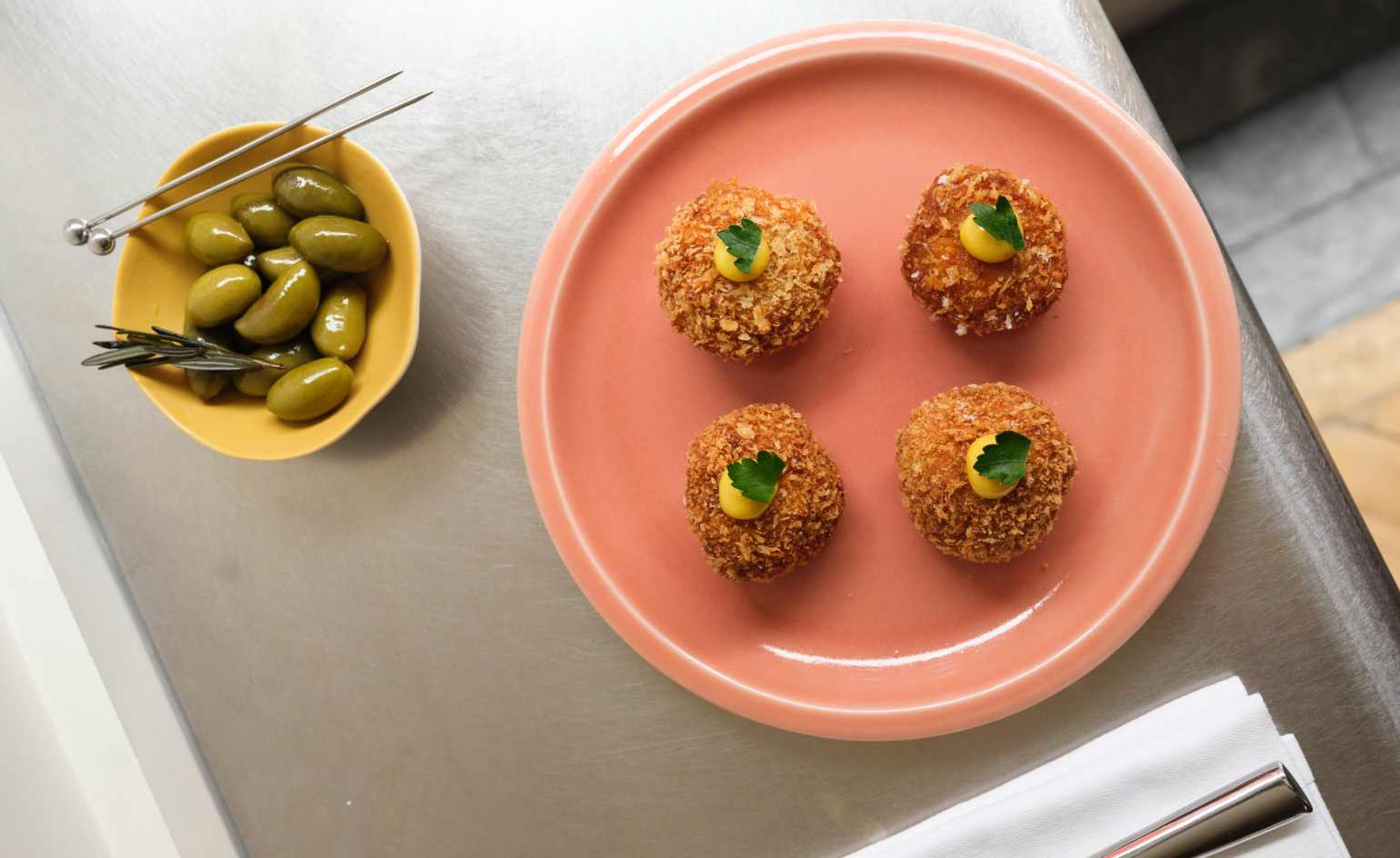 French bistro restaurant Maset channels the ease of the Mediterranean in London
French bistro restaurant Maset channels the ease of the Mediterranean in LondonThis Marylebone restaurant is shaped by the coastal flavours, materials and rhythms of southern France
-
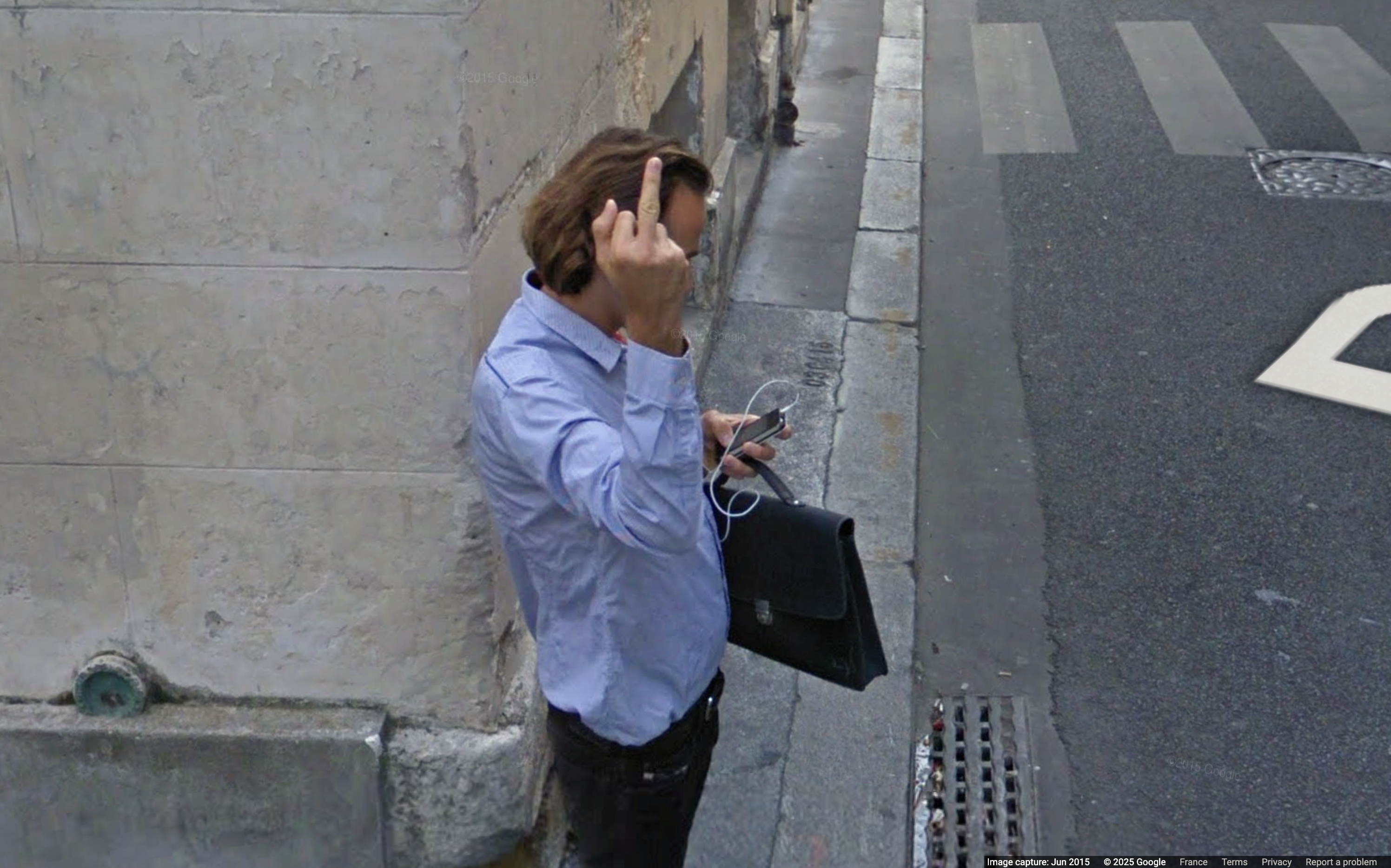 How ethical is Google Street View, asks Jon Rafman in Copenhagen
How ethical is Google Street View, asks Jon Rafman in CopenhagenIn 'Report a Concern - the Nine Eyes Archives' at Louisiana Museum of Art, Copenhagen, Jon Rafman considers technology's existential implications
-
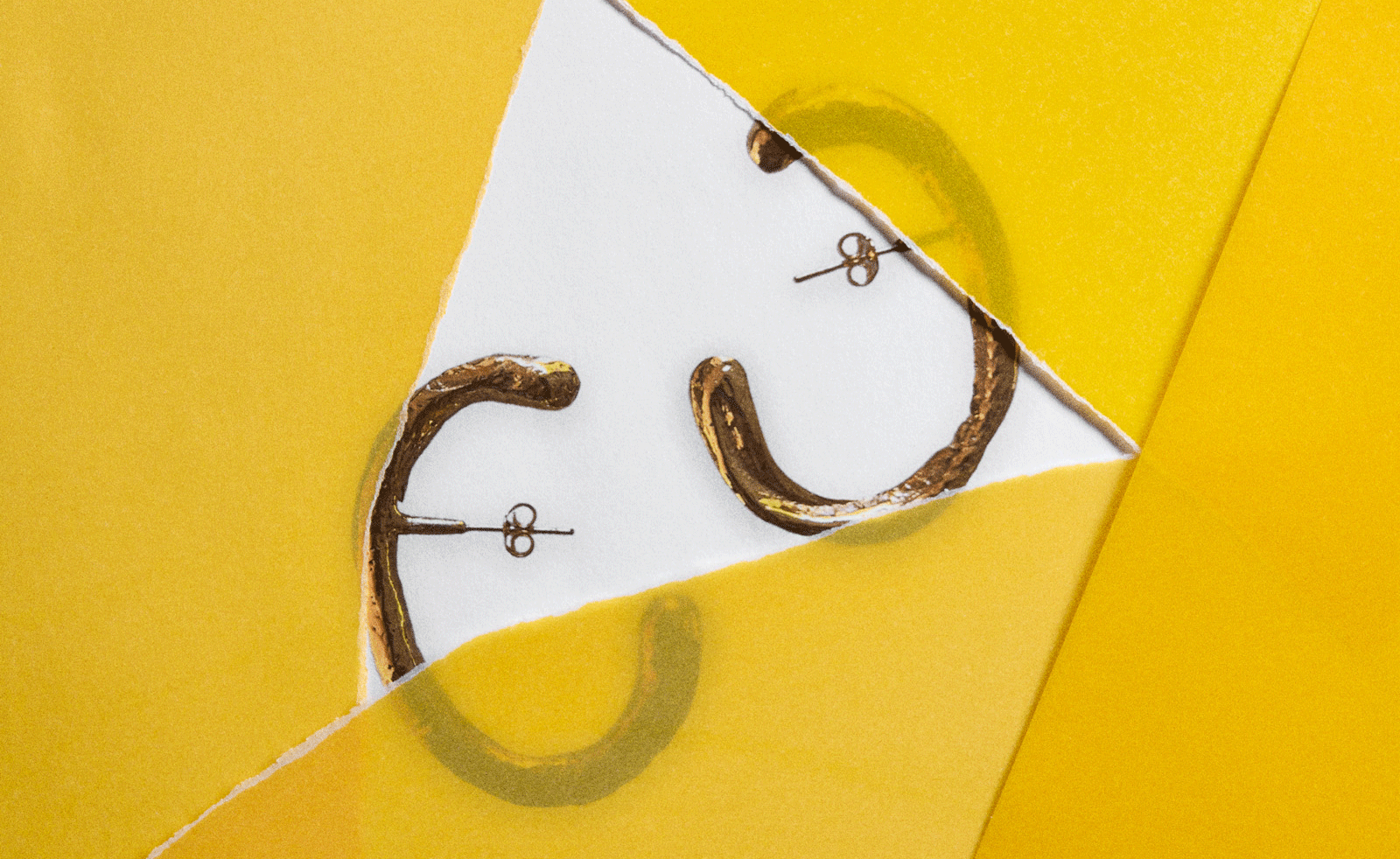 Next-generation jeweller Rosalie Carlier is one to watch
Next-generation jeweller Rosalie Carlier is one to watchThe young jewellery designer creates sensuous but bold pieces intended to ‘evoke emotion in the wearer’
-
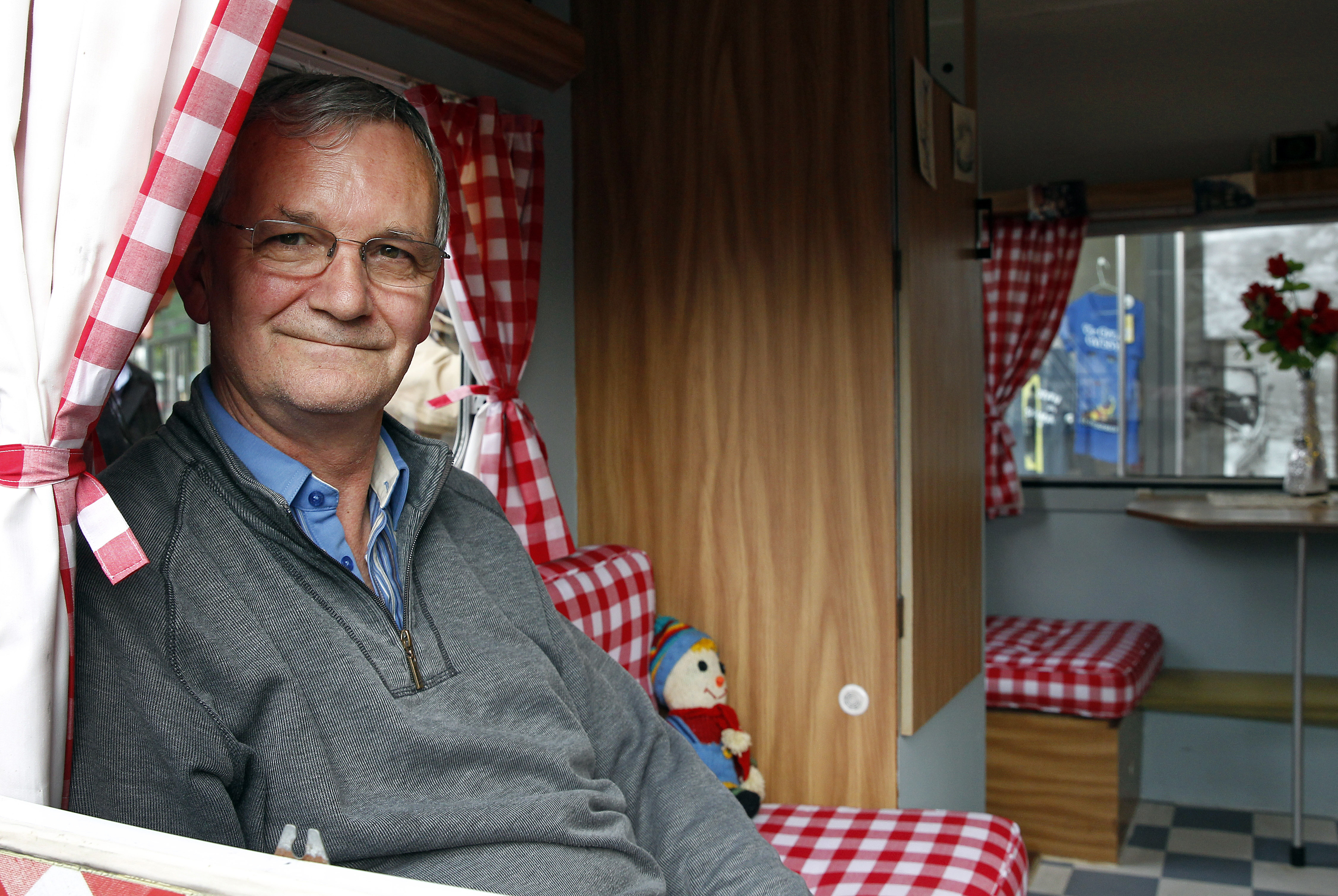 Remembering Martin Parr, astute documenter of the human condition
Remembering Martin Parr, astute documenter of the human conditionMartin Parr, a giant of photography, has died aged 73
-
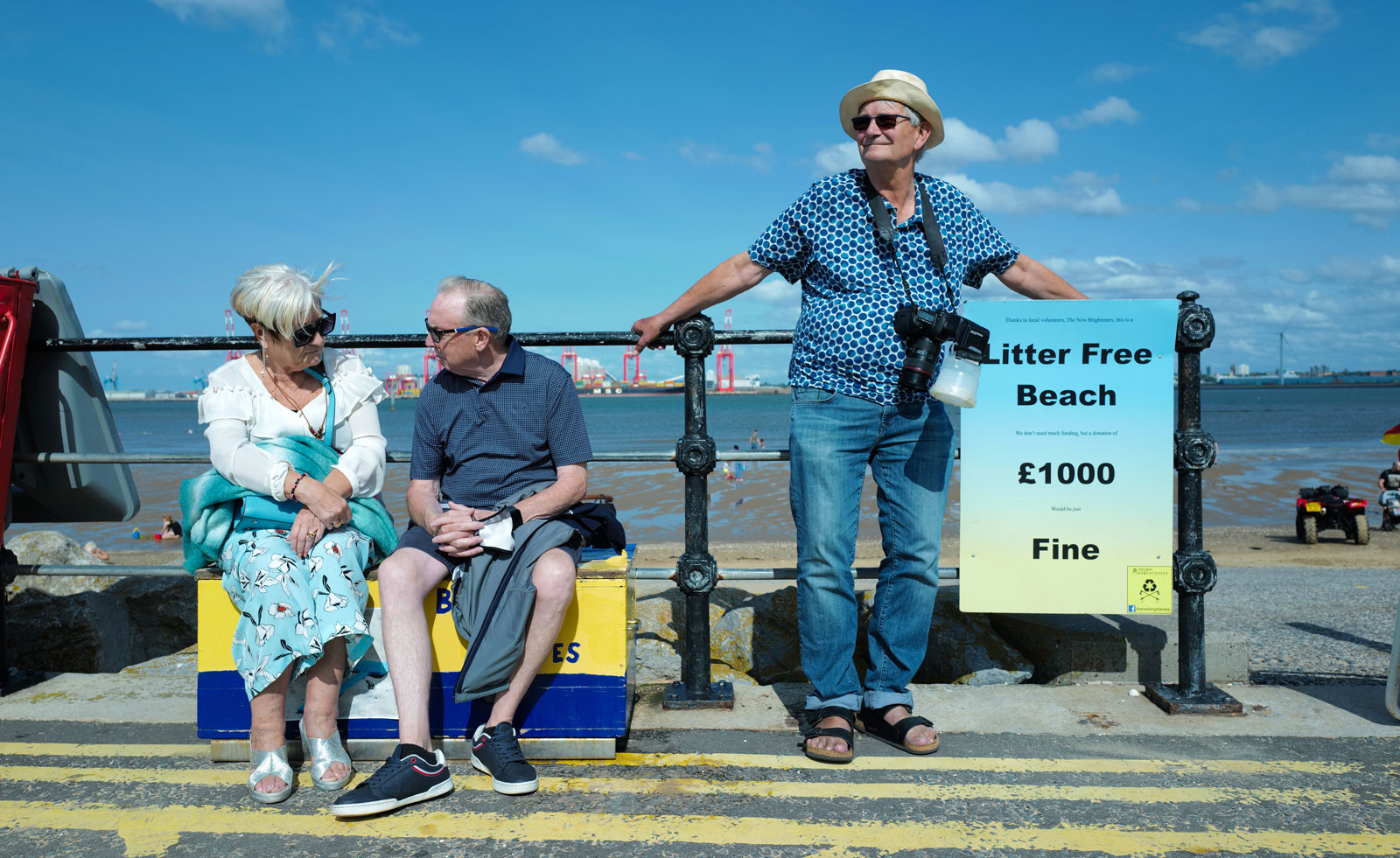 ‘Life is strange and life is funny’: a new film goes inside the world of Martin Parr
‘Life is strange and life is funny’: a new film goes inside the world of Martin Parr‘I Am Martin Parr’, directed by Lee Shulman, makes the much-loved photographer the subject
-
 Martin Parr on chronicling modern passions and Düsseldorf’s hobby-gardeners
Martin Parr on chronicling modern passions and Düsseldorf’s hobby-gardenersThe British photographer is the subject of his most comprehensive retrospective to date at NRW-Forum, which includes a new series of portraits of local allotment gardens created especially for the exhibition
-
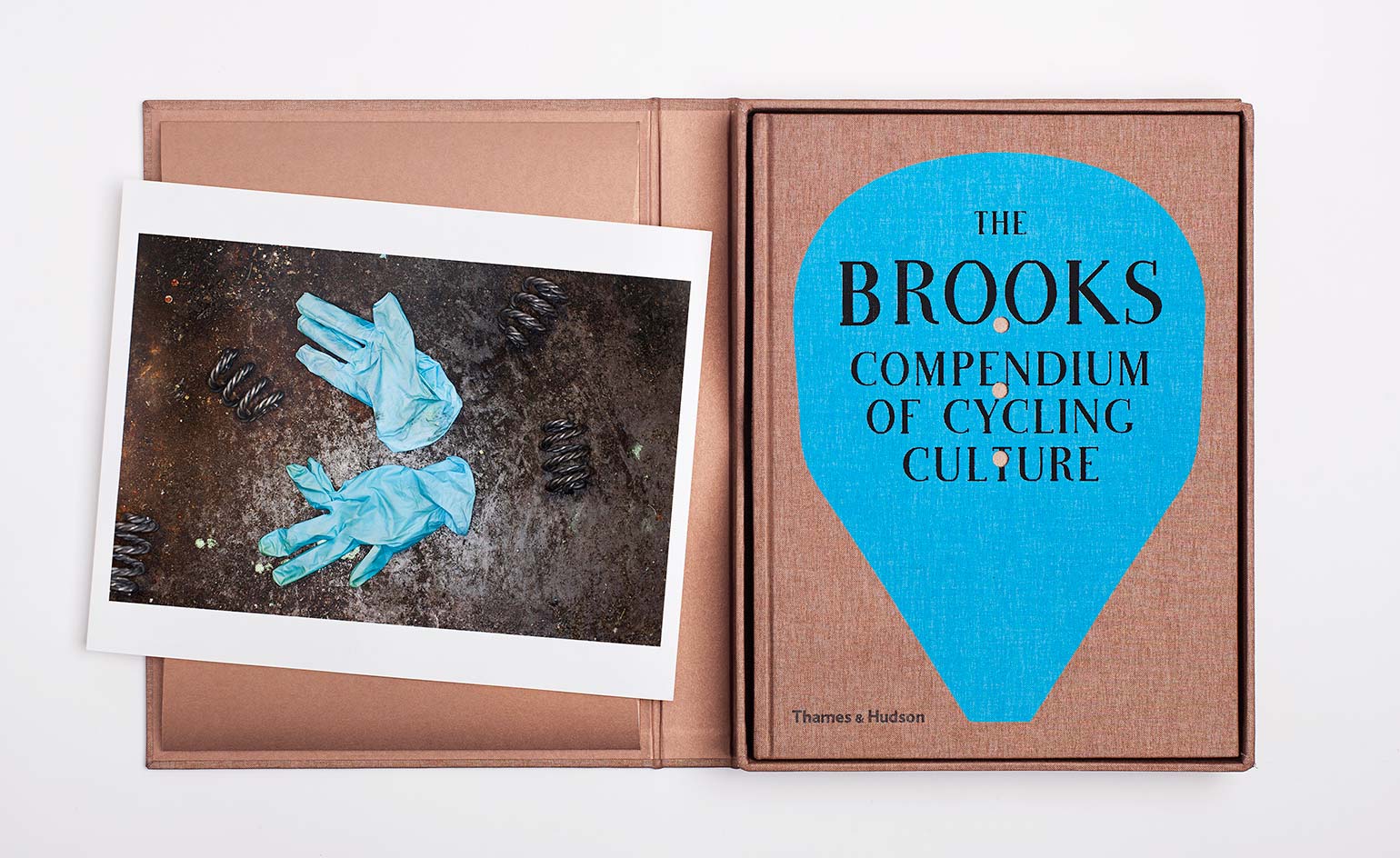 Keep rollin’: Martin Parr, Ron Arad and Paul Smith talk bikes for Brooks’ 150th birthday
Keep rollin’: Martin Parr, Ron Arad and Paul Smith talk bikes for Brooks’ 150th birthday -
 Martin Parr’s witty portrayal of British domestic life in the 1990s opens at Beetles & Huxley
Martin Parr’s witty portrayal of British domestic life in the 1990s opens at Beetles & Huxley -
 Everybody Dance Now by Martin Parr
Everybody Dance Now by Martin Parr